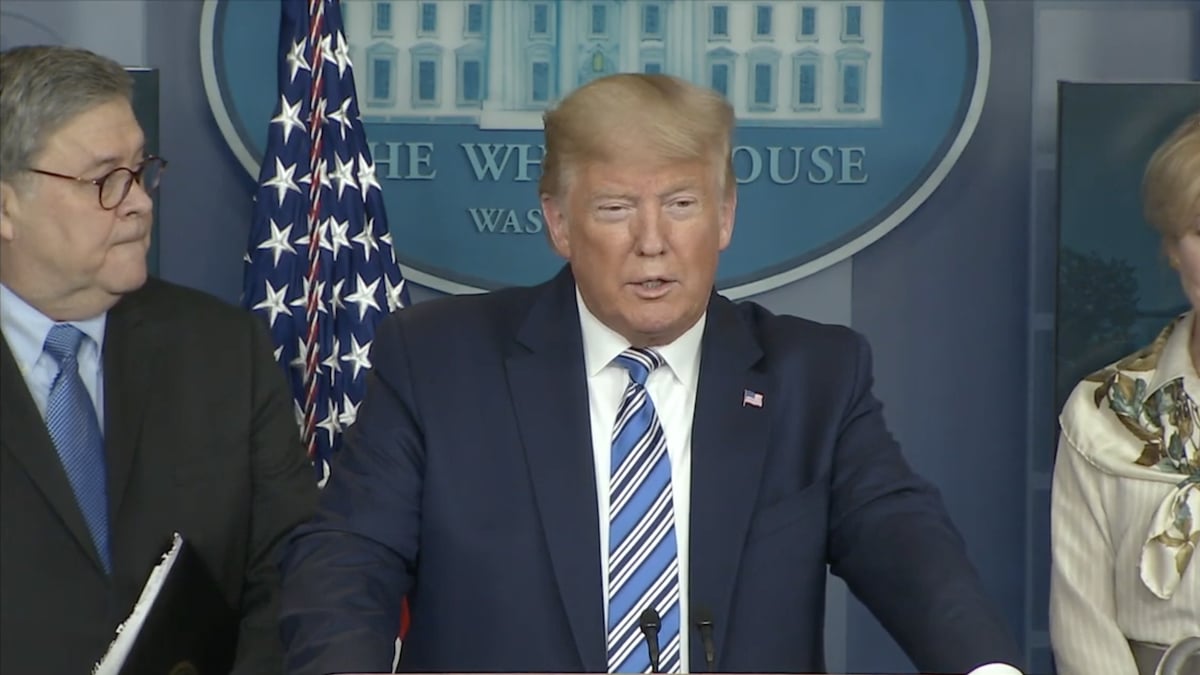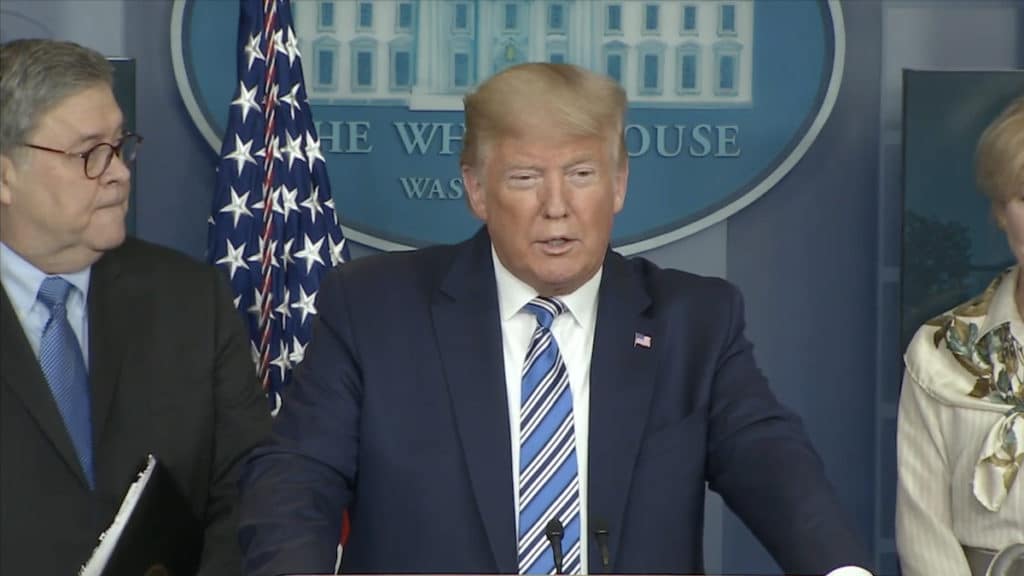Report: Chinese Team Sent to North Korea for Kim Jong Un
Speculation Over Health of Kim Jong Un Mounts After Online Reports

China has sent a team to North Korea including medical experts for Chairman Kim Jong Un, Reuters reported citing three people familiar with the situation. Two sources told the news agency a delegation led by a senior member of the Communist Party of China (PRC) International Liaison Department left Beijing for North Korea on Thursday.
The department is most responsible for dealing directly with neighboring North Korea. Reuters was unable to confirm what the trip meant for Chairman Kim’s health.
As People’s Pundit Daily (PPD) reported earlier this week, speculation over the health of the North Korean communist dictator has been running amok after online reports suggested it was on the decline after surgery.
Daily NK, an online newspaper run mostly by defectors based in South Korea, reported that Chairman Kim received a cardiovascular system procedure on April 12.
CNN reported the communist dictator was “in grave danger” after the surgery, citing a U.S. official with direct knowledge. Katy Tur at NBC News posted a tweet claiming Chairman Kim was “brain dead” before deleting it “out of an abundance of caution”.
Worth noting, intelligence gathering and media reporting on North Korea are notoriously difficult. The communist government keeps information close to the vest, particularly when dealing with leadership.
A U.S. official told PPD that concerns over Chairman Kim’s health are credible, but that it is difficult to assess the severity of his condition.
Chairman Kim, believed to be 36 years old, last appeared on North Korean state-run media on April 11. He presided over the Workers’ Party’s politburo. On April 15, North Korea held a national holiday marking the anniversary of the birthday of its founding father, Kim Il Sung.
But Chairman Kim was not in attendance for the ceremony celebrating his grandfather. Of note, the regime fired multiple short-range missiles during the ceremony, an event typically observed by the chairman.
In 2008, Kim Jong Il was absent from North Korea’s 60th anniversary, leading to similar speculation. It was later revealed he had a stroke. His health never fully recovered and in fact continued to decline until his death in 2011.
China has sent a team to North










